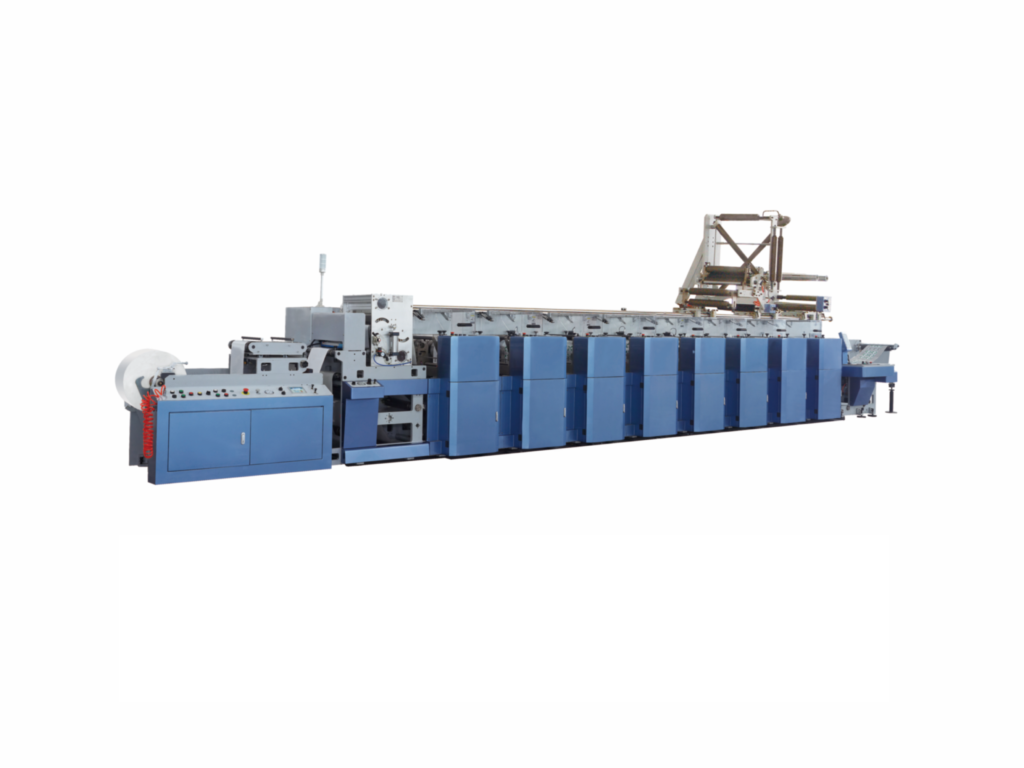Water based ink definition and requirement
There is no uniform definition for water based ink, in order to avoid ambiguity, this article “to make water as the main solvent, when used can be diluted with pure water,” as the definition of water based ink. In order to control the flash point of ink, VOCs (usually alcohols and ethers, with a small amount of volatile amine) are generally required to be below 30%, which is the design specification of a general aqueous gravure ink. For water based flexo inks, the total VOCs content requirements of less than 10% in China before in order to be able to cope with demanding workplaces Health requirements and air emissions standards. This standard was developed in 2007 based on the investigation of paper flexo ink. Film flexo ink also need to be classified according to this standard, to meet the VOCs content within 10%, the requirements are still very high. It is understood that the industry standard has been revised, the new standard require total VOCs content requirements of less than 5%.
Vocs content analysis
Unlike paper flexo ink, film ink production technology is very complex. In theory, from the design principles and composition of the ink, only the addition of 3% of the amines (a simple reference to the contents of HJ / T 371-2007), assuming that this part of the amine is volatile amine (chemical drying required) Then VOCs can theoretically be controlled within 3%. But in fact, an industrial product must necessarily consider a wide range of applicability.

The above-mentioned chemical drying is mainly a concept that the main resin of the ink is designed to contain more than 70% of water-repellent components and at the same time contains some groups (usually carboxylic acids) that can react with alkaline substances. When the reaction is completed Resin will dissolve in water. After the alkaline substance is volatilized, the ink becomes hydrophobic again to form a well-tolerated coating. So at least part of this alkaline material is volatile.
In terms of composition, the VOCs in ink and ink are derived from the active components on the one hand because suitable solvents can greatly improve the printability of various types of films. The solvent is a more controllable method of surface tension adjustment relative to various additives, and the solvent provides a more effective means of physical drying adjustment relative to amine chemical drying. Therefore, if the solvent is not added to limit the VOCs of products will naturally exceed the standard.
On the other hand, VOCs come from water-based raw materials, including the film-forming agent in water-based emulsion, freeze-thaw stabilizer, PH adjusting agent, co-solvent and so on. Under control, most of the total can be controlled at 3% or less, some of the more advanced technology in some areas to achieve zero VOCs. This part of the VOCs containing raw materials used in the ink is generally not more than 60%, that is, a simple estimate of the total amount of VOCs into the ink will not exceed 1.8%.
Therefore, from the standpoint of ink technology research, 3% of the above-mentioned organic amines together with up to 1.8% of the aqueous raw materials brought in, a total VOC content of 4.8%. It can be seen that the 5% VOCs limit can be achieved in principle. In fact, in some low LPI printing fields, water based inks with VOCs content of 5% or less have been successfully applied. However, when the LPI is getting higher and higher, the dots are getting smaller and smaller For flexo printing, there will be more urgent need for more regulation of ink drying process, the means of solubility, such as water based ink to prevent drying in the high LPI anilox roll, and the need for a A potent slow-drying solvent to adjust the drying stability of aqueous inks throughout the ink transfer process.
On the other hand, except for less emission of VOCs, the significance of the 5% standard line lies in the fact that it further reduces the requirements on the work plant, for example, according to “GBZ / T 195-2007 Organic Solvent Locations Personal Occupational Disease Protective Equipment “, The following 5% solvent content is removed directly from the” mixtures of organic solvents “category. So very meaningful.
However, as far as my personal point of view is concerned, the current 10% limit on total VOCs is a more appropriate line. More stringent standards may limit the application of new technologies in this field.
Article is originally from CI Flexo Tech
DH-Kirin flexo printing machine running with water based ink: